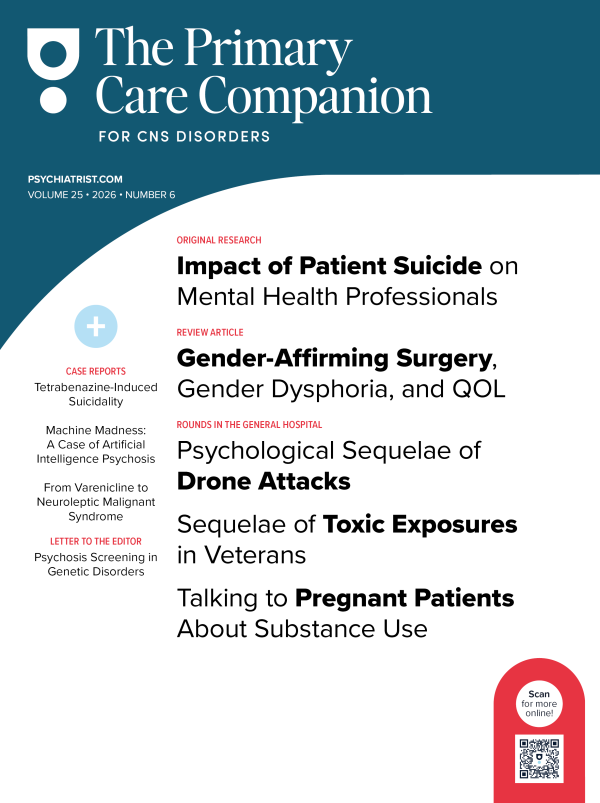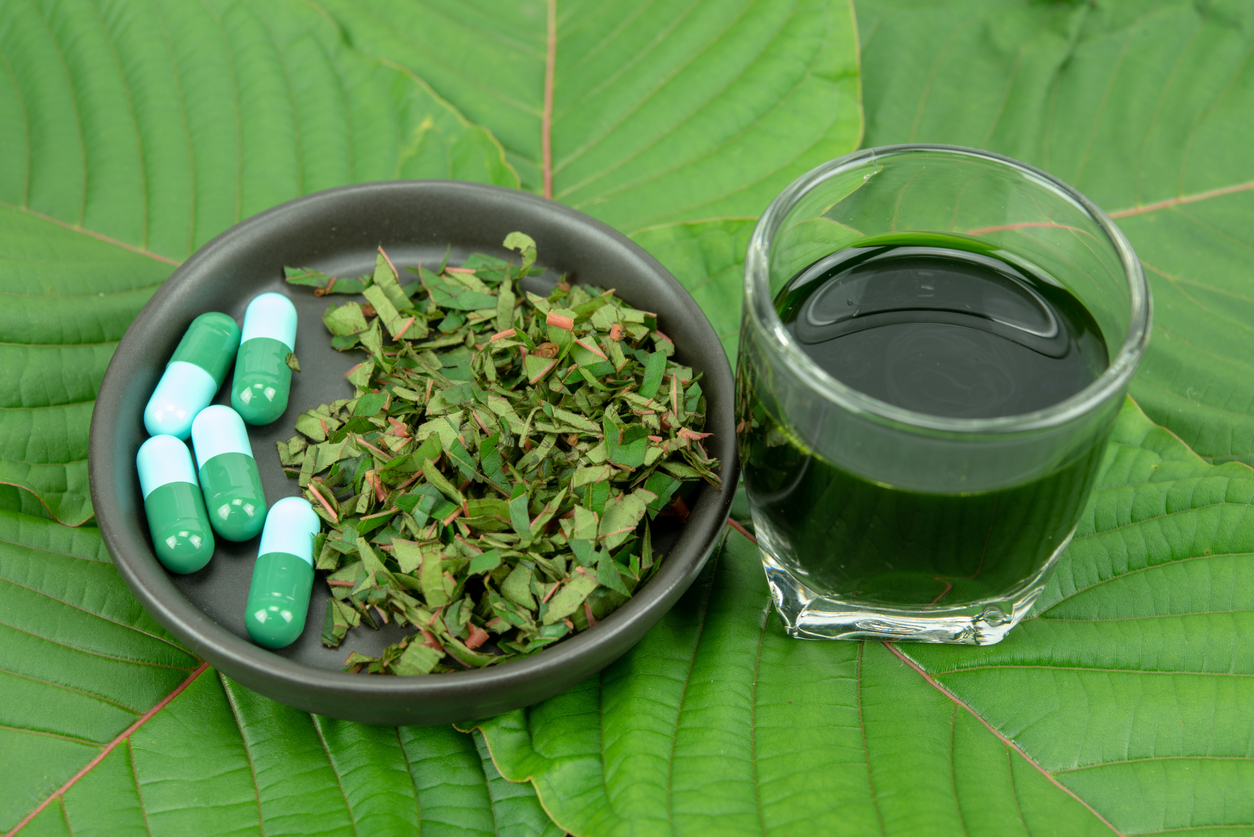Marijuana is the most frequently used federally illicit psychoactive substance among adolescents in the United States.1 Studies from the National Institutes of Health have reported a potential 25% increase in myocardial infarctions, a 42% increase in strokes, and an increase in psychiatric disorders with marijuana use.2 Despite the warnings, marijuana legalization has led to the perception that use is safe, leading to ever increasingly consumption.2 Emergency department visits related to marijuana use among young people are increasing, highlighting the need for awareness of its health risks.3 One rare but significant condition is reversible cerebral vasoconstriction syndrome (RCVS), as demonstrated in the case of a 17-year-old male with a thunderclap headache secondary to marijuana use.4
RCVS is a neurologic disorder characterized by multifocal constriction and dilation of intracranial arteries.5 A study published in 2018, which studied the epidemiology of RCVS, showed that 33% of the cases were related to marijuana use.6 Marijuana has a procoagulant effect due to its interactions with cannabinoid receptor type 1 and cannabinoid receptor type 2 on platelet membranes, causing vasoconstriction in the peripheral vascular system. It also triggers cerebral ischemia through vasospasms from the induction of oxidative stress.7
The most common immediate symptom of RCVS reported in roughly 85% of cases is a thunderclap headache, or an immediate, excruciating headache, lasting under a minute.5 Unlike non–marijuana induced RCVS, which predominantly affects females in their 20s–40s, marijuana-induced RCVS primarily impacts younger males.8
The hallmark feature of RCVS is the “string of beads” appearance on an angiogram, indicating segmental narrowing and dilation of intracranial arteries.5 Diagnosis is confirmed by follow-up magnetic resonance angiography, showing resolution or significant improvement within 12 weeks.9
Although the prognosis is generally benign, some patients may experience neurologic complications such as subarachnoid hemorrhage (34%), intracerebral hemorrhage (20%), seizures (3%), and reversible posterior leukoencephalopathy (9%) occurring in the first week, with ischemic complications like transient ischemic attack and cerebral infarction occurring in the second week.9
Treatment is supportive. Calcium channel blockers such as nimodipine are used in severe cases with limited efficacy.9 It is important to differentiate RCVS from acute migraines, as triptans and ergot derivatives used to treat migraines can worsen symptoms of RCVS.5
The extensive use of marijuana could potentially increase RCVS, a vascular complication. Although most cases resolve spontaneously within 3 months, sometimes permanent deficits and even death can occur.7 The challenge for clinicians is to detect and intervene in affected individuals.
With the expansion of legalization and the availability of more potent strains with tetrahydrocannabinol levels far exceeding those found in naturally grown plants, the public health implications must be carefully considered.1,2 It is important to heighten awareness of its potential health risks, particularly RCVS. There is an urgent need for vigilance and informed clinical practices to protect vulnerable populations like adolescents. Balancing the therapeutic promises of marijuana with its health implications is necessary to craft informed public health policies.
Article Information
Published Online: July 22, 2025. https://doi.org/10.4088/PCC.25lr03959
© 2025 Physicians Postgraduate Press, Inc.
Prim Care Companion CNS Disord 2025;27(4):25lr03959
To Cite: Kaur J, Modesto-Lowe V, Toma K. Reversible cerebral vasoconstriction syndrome and marijuana use: raising awareness. Prim Care Companion CNS Disord 2025;27(4):25lr03959.
Author Affiliations: Connecticut Valley Hospital, Middletown, Connecticut (Kaur); Hartford Behavioral Health, Hartford, Connecticut (Modesto-Lowe); Quinnipiac University, Hamden, Connecticut (Toma).
Corresponding Author: Jasleen Kaur, MD, Department of Mental Health and Addiction Services, Connecticut Valley Hospital, 1000 Silver St, Middletown, CT ([email protected]).
Relevant Financial Relationships: None.
Funding/Support: None.
References (9)

- Hammond CJ, Chaney A, Hendrickson B, et al. Cannabis use among U.S. adolescents in the era of marijuana legalization: a review of changing use patterns, comorbidity, and health correlates. Int Rev Psychiatry. 2020;32(3):221–234. PubMed CrossRef
- Lieberman J. The Health Hazards of Legalizing Marijuana. TIME. https://time.com/6973962/health hazards-of-legalizing-marijuana
- Roehler DR. Cannabis-involved emergency department visits among persons aged. MMWR Morb Mortal Wkly Rep. 2023;72(28).
- Pal A, Kasi LS, Roman AA. Unveiling unconventional demographics: reversible cerebral vasoconstriction syndrome in a young male with marijuana use. Prim Care Companion CNS Disord. 2025;27(1):24cr03824. PubMed CrossRef
- Son M, Kim DD, Kiwan R, et al. Pearls & oy-sters: a journey through reversible cerebral vasoconstriction syndrome: sex, drugs, and headaches. Neurology. 2021;96(13):632–635. PubMed CrossRef
- Jensen J, Leonard J, Salottolo K, et al. The epidemiology of reversible cerebral vasoconstriction syndrome in patients at a Colorado comprehensive stroke center. PubMed. 2018;10(1):32–38. PubMed
- Veras ADO, Noleto FM, Ribas MZ, et al. Reversible cerebral vasoconstriction syndrome associated with probable drug poisoning. Radiol Case Rep. 2023;18(3):844–849. PubMed CrossRef
- Mikami T, Obata R, Steinberg DI, et al. Marijuana related reversible cerebral vasoconstriction syndrome. Intern Med. 2021;60(5):795–798. PubMed CrossRef
- Ducros A, Boukobza M, Porcher R, et al. The clinical and radiological spectrum of reversible cerebral vasoconstriction syndrome. A prospective series of 67 patients. Brain. 2007;130(12):3091–3101. PubMed CrossRef
Please sign in or purchase this PDF for $40.





